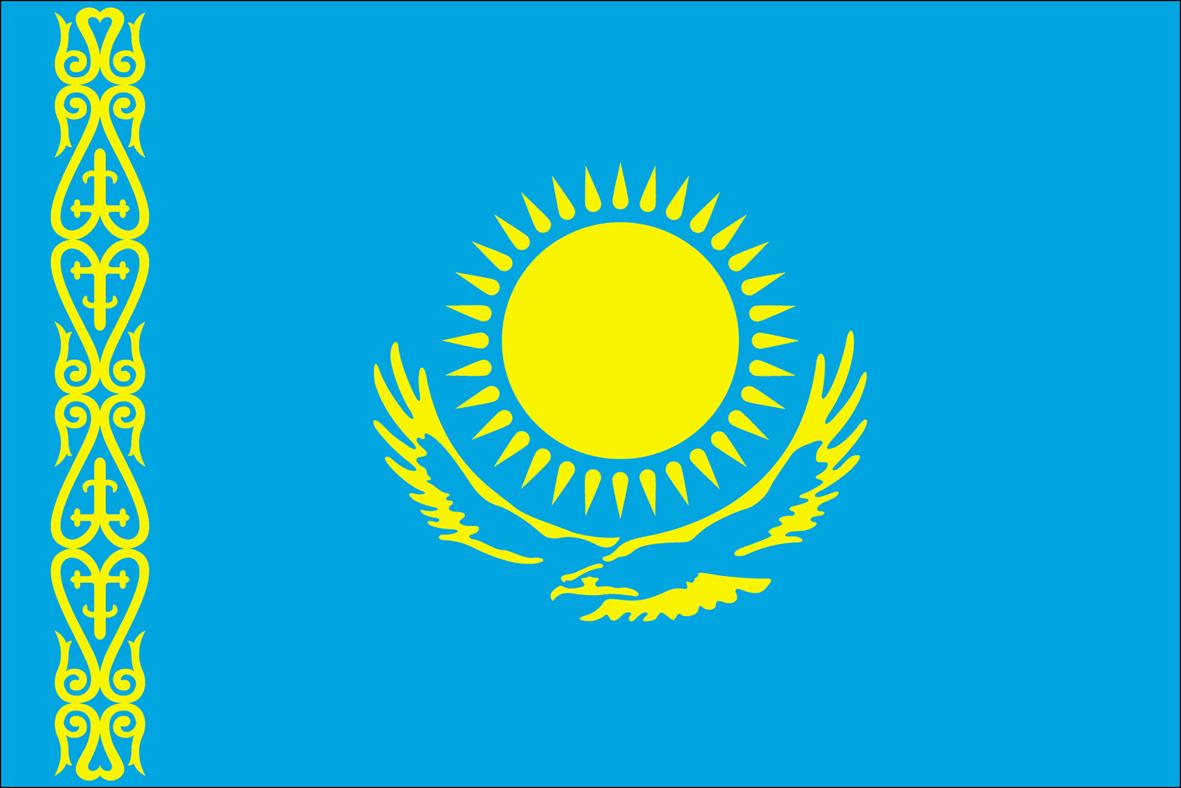Formosa and the trade in venison and deer skins
When Dutch troops arrived in Formosa in the 1628, they discovered that there was a booming trade with venison and deer with merchants from mainland China. The locals essentially lived on venison and used every part of the deer for clothing and other purposes. Since they were not familiar with money, goods were bartered with the Chinese traders. Deer skins also functioned as currency until the late 20th century. Most venison and some live deer were shipped to the Chinese coast, and large quantities of deerskin were sold to Japan. The export was taxed by the Dutch East India Company (VOC). Even though the abundant hunting and trade led to a decline in livestock, there was still a large number of deer on the island when the VOC had to leave Formosa in the early 1660s.




